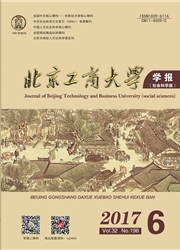

 中文摘要:
中文摘要:
以2010年-2012年在中小板和创业板上市新股为样本,运用OLS法研究询价制改革后机构投资者报价策略。实证发现机构投资者为最大化申购新股收益,在询价时压低报价,并根据承销商潜在的拔高定价行为加大压低幅度。锁定期取消后,询价竞争加剧并抑制了机构投资者合谋压价行为,其报价策略对网下申购新股收益率及新股后市表现的影响减小。研究认为新股发行价格畸高主要源于核准制下新股的供不应求,使机构投资者估值在考虑市场的非理性后仍处于较高水平。
 英文摘要:
英文摘要:
Based on the data of companies listed on small and medium enterprise board and growth enterprises Market, this paper studies the bidding strategies of institutional investors after the first and second phase of book-building reform by using the OLS method. The results show that institutional investors tend to hold down their bid prices in order to maximize revenues. Mean- while, since underwriters have the actual pricing power after the reform, institutional investors ad- just their bidding strategies according to underwriters' possible pricing behavior by analyzing their valuation. Besides, the cancellation of lock-up period increases the competition among institution- al investors and therefore reduces the level of bid-price depression as well as the influences that institutional investors exert on IPO returns. And what makes the IPO price level still remains high level is institutional investors' exorbitant valuation pushed up by the irrational enthusiasm in the market.
 同期刊论文项目
同期刊论文项目
 同项目期刊论文
同项目期刊论文
 期刊信息
期刊信息
